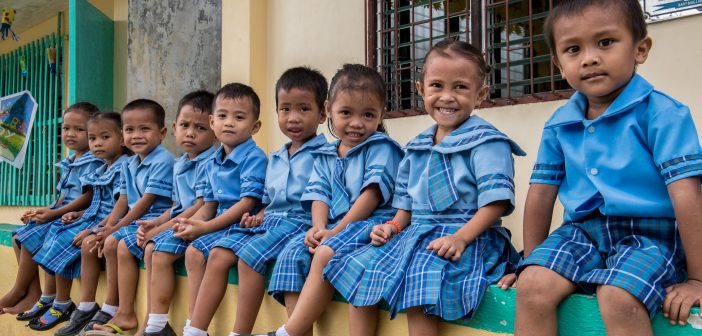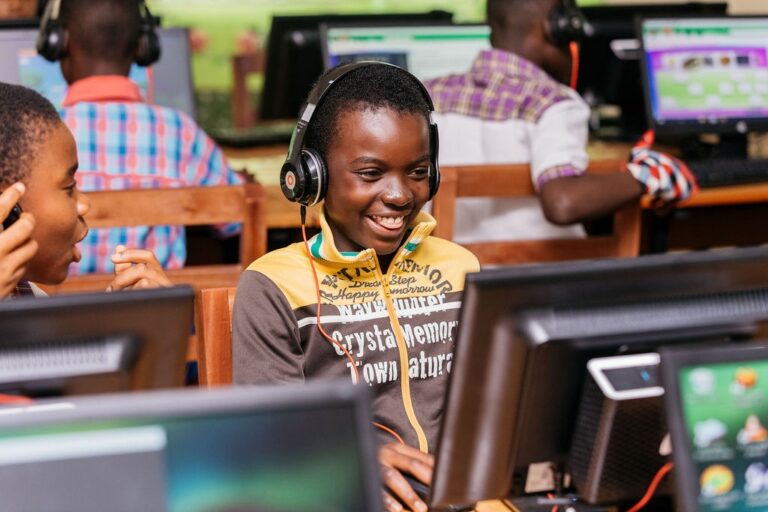BY AUSTIN STOLTZFUS | JANUARY 22, 2018
SEATTLE — Within the cluster of islands known as the Philippines, poverty-stricken families and governments struggle to give children a proper education.
Various conflicts disrupt educational opportunities, such as teen pregnancies, a lack of money, a lack of books and school supplies, undertrained teachers and an absence of early-stage developmental education for one to five-year-olds. As a result, about two-thirds of children, or 6.2 million, are denied an education, according to Save the Children. However, organizations are improving education in the Philippines by tackling these obstacles and creating sustainable solutions.
It is well known that the earlier a child receives education, the more developed they are in basic skills like reading and writing. In the Philippines, Save the Children works to educate children from ages one to five to enhance their reading and writing skills and allow greater opportunities for the child. Their Read First program does just this, as well as training parents on how to teach the basics. By training parents, Save the Children expands the possibilities for a child’s learning to time spent at home, greatly increasing children’s exposure to education.
Another project through Save the Children is KASALI, which assists children with disabilities in receiving a basic education. Currently, only 3 percent of children with disabilities in the Philippines have access to education.
Basa Pilipinas is another reading program in the Philippines funded by USAID. The program focuses on providing adequate learning materials, books and facilities as well as instructing teachers on more effective ways to educate. As of 2013, the project had trained about 19,000 teachers and distributed about 8.1 million reading materials, helping to teach 1.6 million new readers, according to USAID.
Assisting in improving education in the Philippines along with the educators, the Peace Corps assigns many volunteers to co-teach in Filipino schools. They also help teachers create effective language teaching curriculums and train educators on more effective ways to teach children. The Peace Corps also assists in high schools and universities, enhancing education at all levels.
Teenage pregnancy is perhaps one of the biggest inhibitors of young girls receiving an education in the Philippines. According to World Vision, one of 10 girls in the Philippines is either a mother or pregnant. Along with causing a huge financial and social burden for young girls, pregnancy drastically reduces the chances of girls going to school, restricting the teenage mother’s possibilities later in life. Children International is working toward improving education in the Philippines by addressing teenage pregnancies.
According to Children International, their Youth Health Corps educates children on the dangers of pregnancy and implements programs to increase awareness in the community. One program entails children receiving a fake, electronic baby that they must care for. A program like this is meant to serve as an eye-opener, according to Children International.
Perhaps one of the simplest problems that prevent children from going to school in the Philippines is the cost. Many poor families cannot afford to pay for their children’s education and usually have the child work as a hand in the field or around the house. Cash grants, funded by the Asian Development Bank, give money to poor Filipino families who cannot afford to send their children to school. One example of these families is the Ewicans from the island of Bohol. They receive $65 every two months, allowing them to pay for their children’s education. The program does have conditions, mostly to ensure that the grant is being used productively and not going to waste. One condition is the requirement for parents to attend monthly meetings that teach the parents about topics ranging from sanitation to disaster preparedness.
These programs, along with others, are striving to create a sustainable education system for children. By improving education in the Philippines, these programs are contributing toward eliminating poverty at the roots.



![[Preliminary Report] CRNA Collaborative Research for Exploring Factors Nurturing"Happy and Resilient" Children among Asian Countries](https://equity-ed.net/wp-content/uploads/2024/09/1725672182698.jpg)


